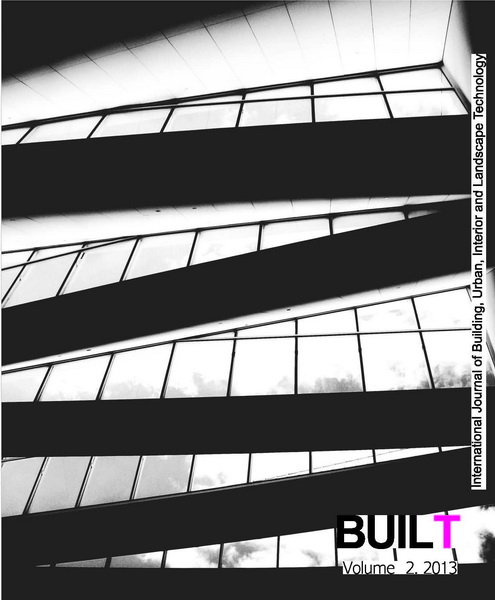Potential of Thai Coconut Wood as an Alternative Structural Material
Keywords:
Tropical belt, Trunk, Vascular bundle, Rough sawn wood, Core, Hardwood, SoftwoodAbstract
Seeking alternative materials to reduce energy consumption and CO₂ production has become common during this global warming conscious era. In the construction industry, the most energy efficient way is to acquire construction materials as near as possible to the origin of source. Thailand’s GDP mostly comes from agricultural trade. There are many forms
of agricultural waste and by‐products that can be investigated for their potential use. This research investigates one of the primary agricultural products of Thailand, the coconut. Thais
utilize many different parts of the coconut and turn it into many forms, mostly from seeds or actual coconuts. Coconut trees stop producing seeds at 15‐20 years of age. At this point,
the trees are cut down to accommodate more new‐growns. This results in large numbers of coconut trunks with no further use. The research found that the outside cross section is a harder wood than the inside. To ensure the highest structural properties, therefore, the outside portion was chosen to be tested. The research uses coconut beams to test for
properties, so it is easy to see the applicability of use. Four specimens were selected at 2x5” section and 3 meters in length because it is a commonly cut size. The beam test format is a
four‐pointed configuration, so beams will break from bending. The test results found that coconut wood’s structural properties are still somewhat inferior to Thai soft wood, but
this does not mean it does not have bearing capacity. Coconut wood can still be used in small load structures like residential buildings. Given its abundance, low energy production, and renewability, the sustainability of coconut can add high value to this structural material. There is potential to further develop this material by applying technology, such as composite or laminated materials.
Downloads
Downloads
Published
How to Cite
Issue
Section
License

This work is licensed under a Creative Commons Attribution-NonCommercial-NoDerivatives 4.0 International License.












